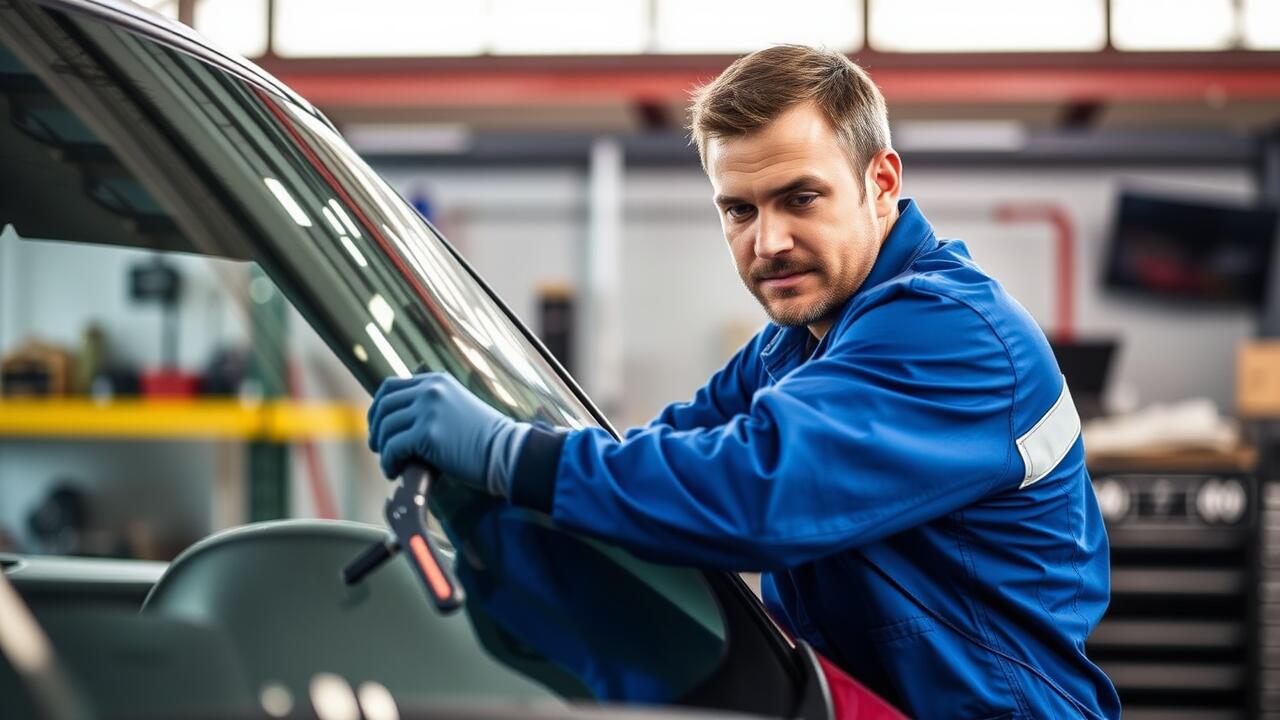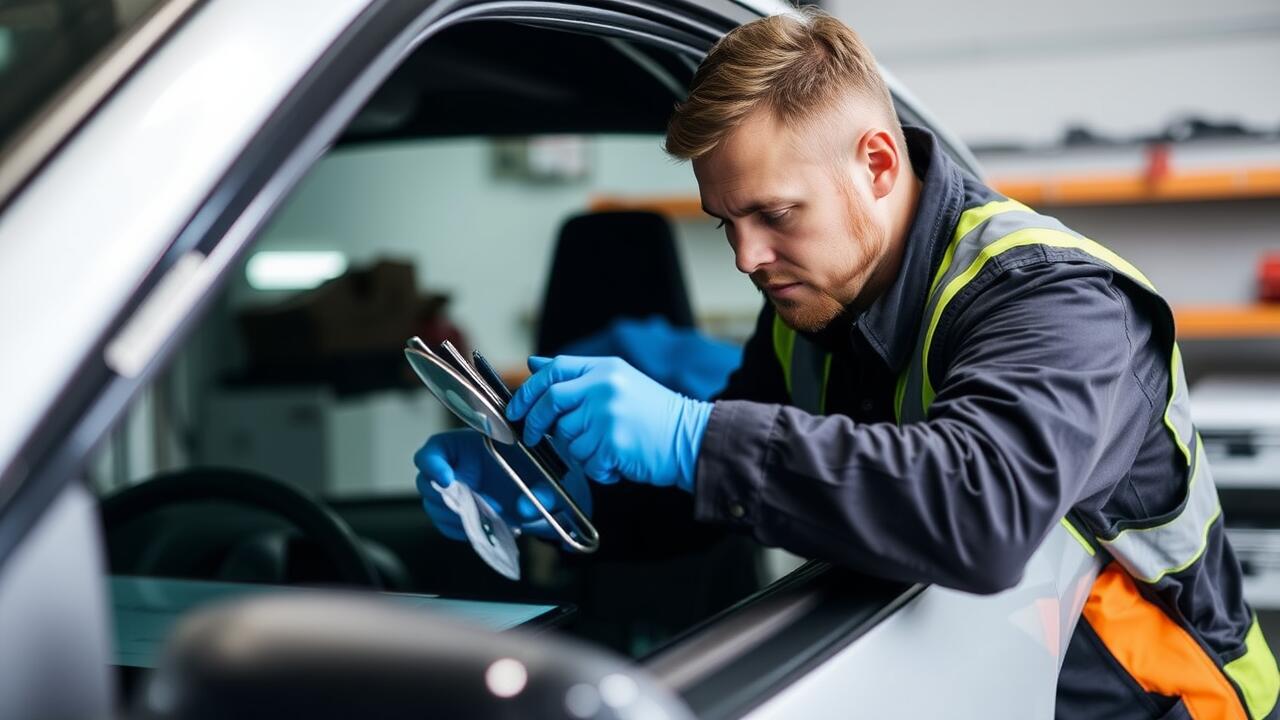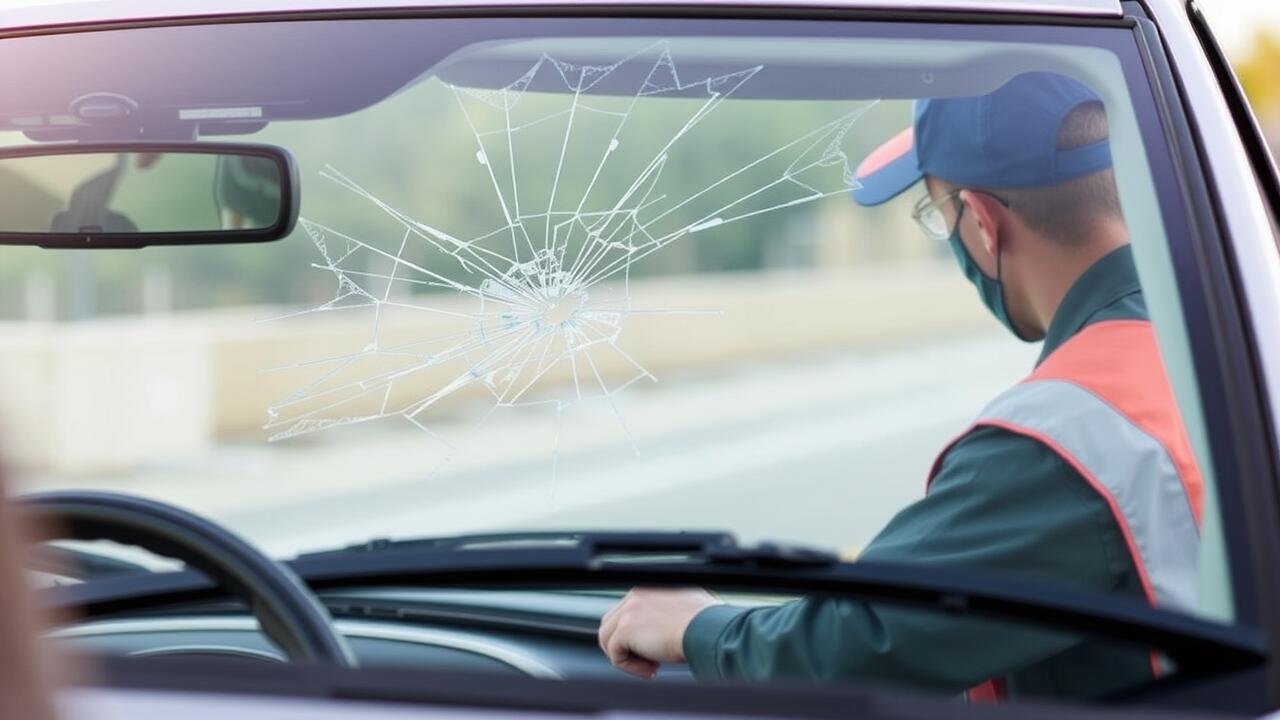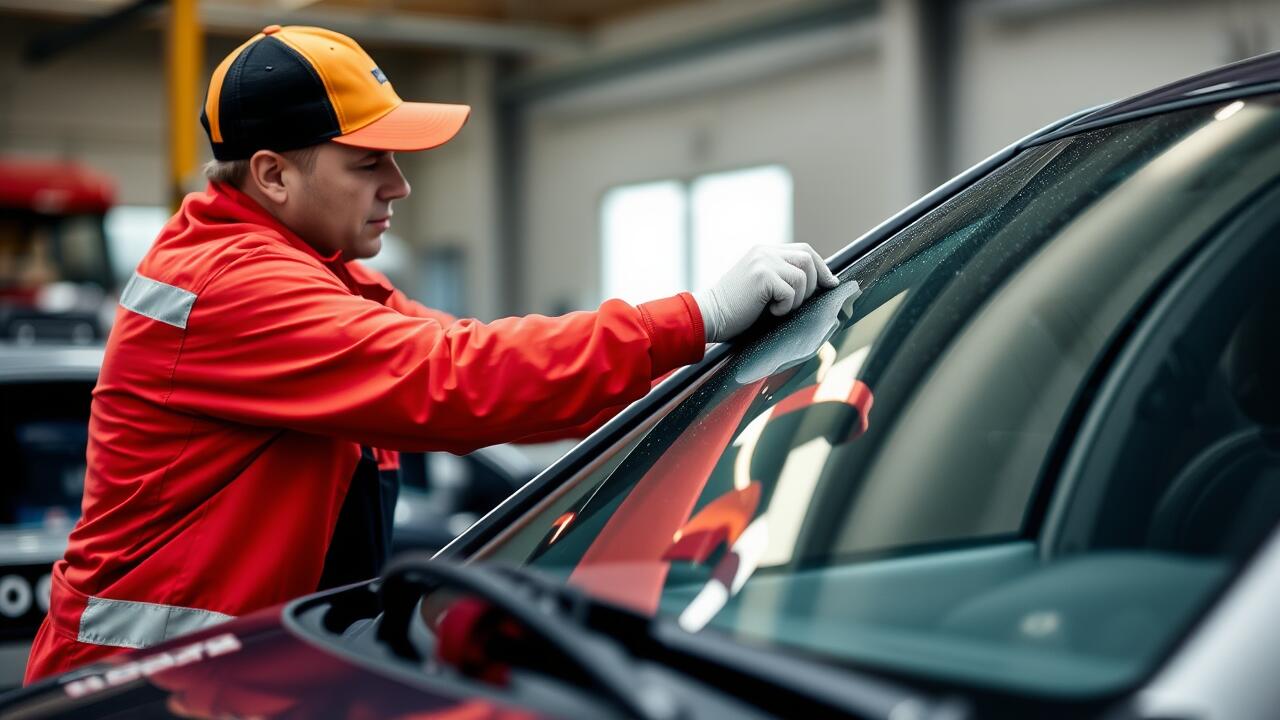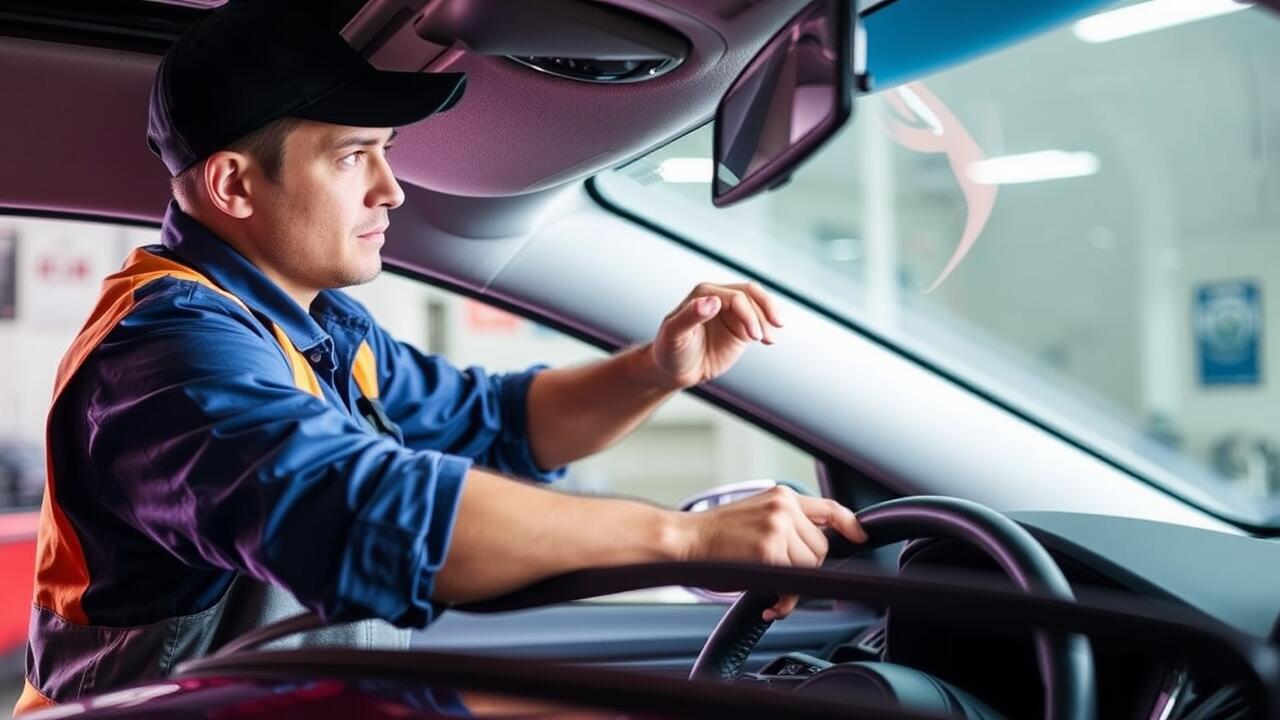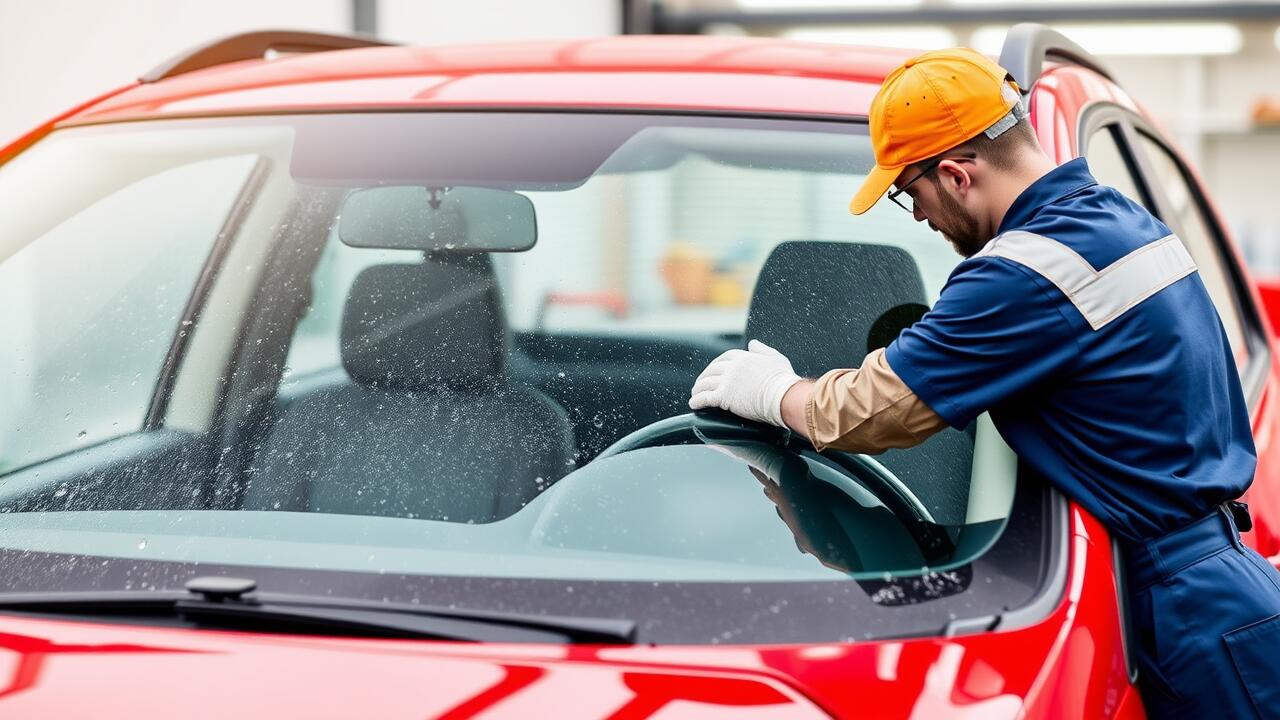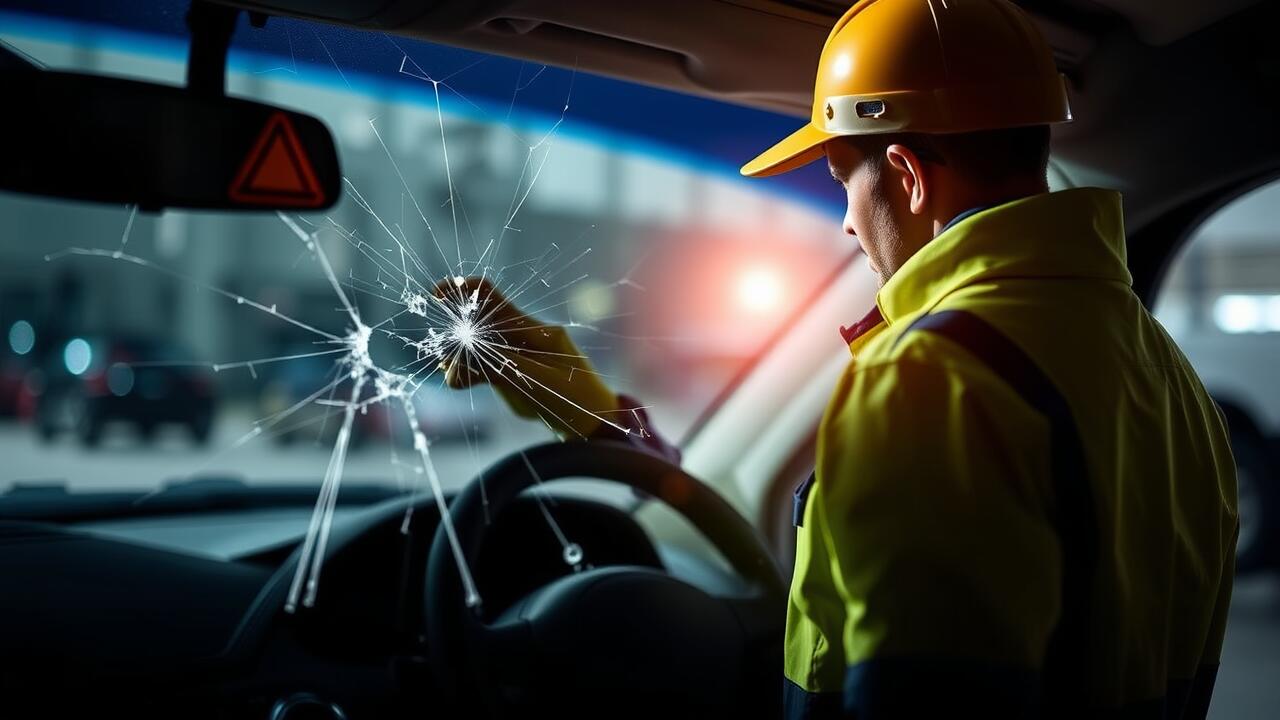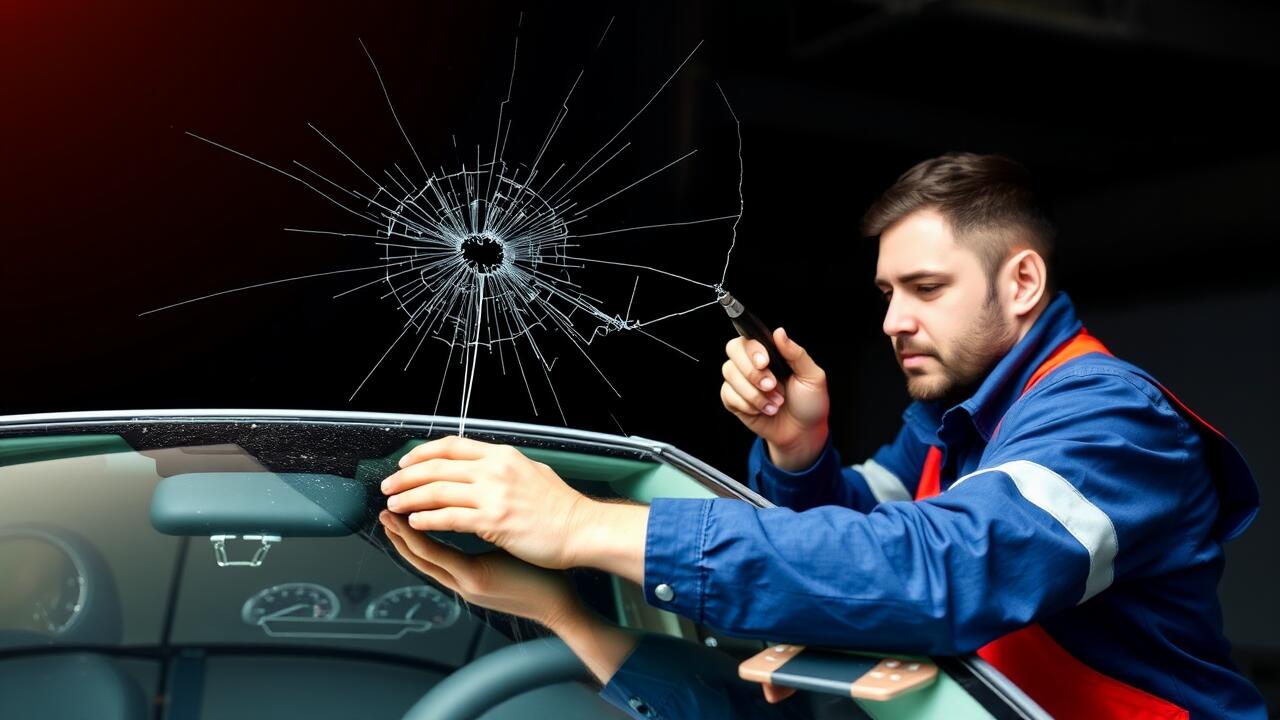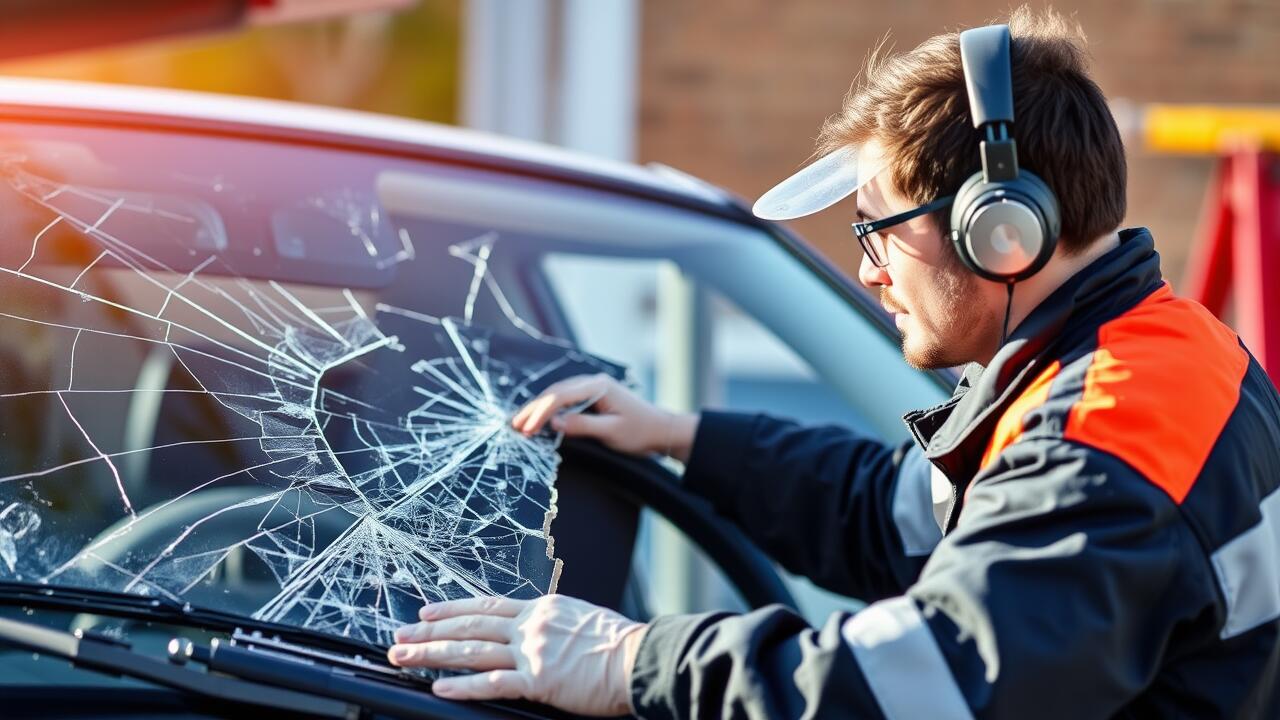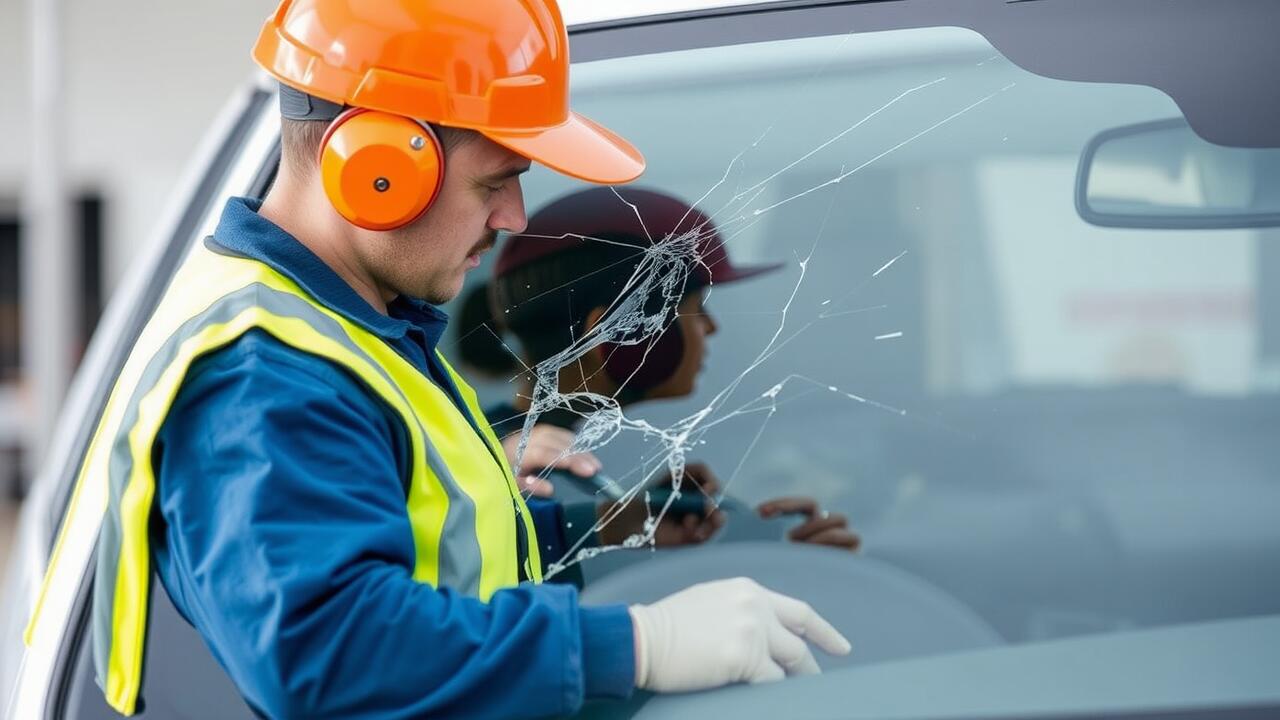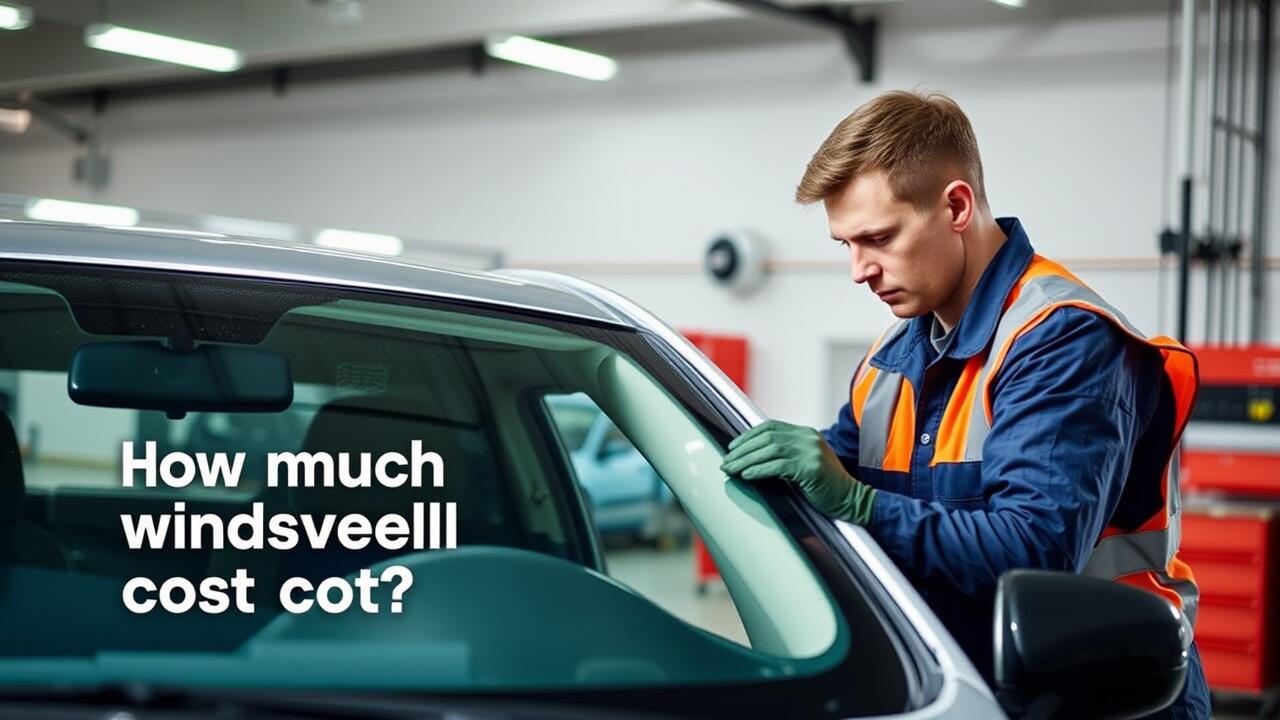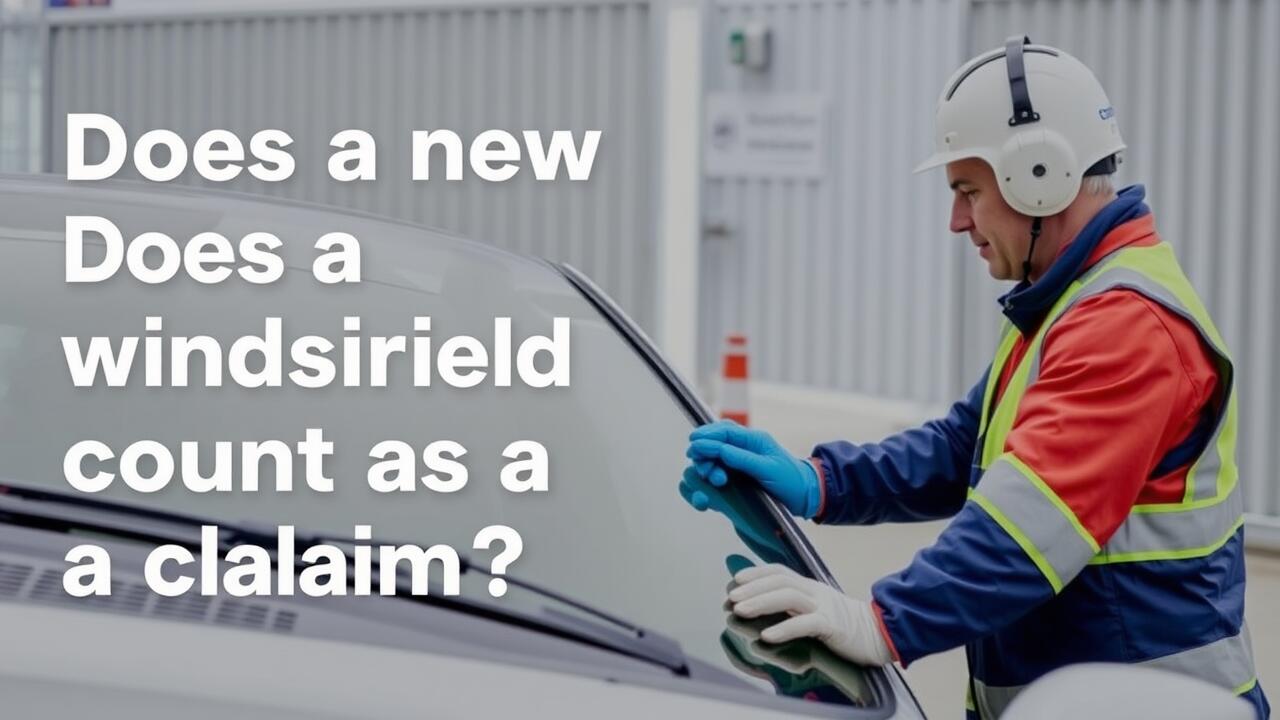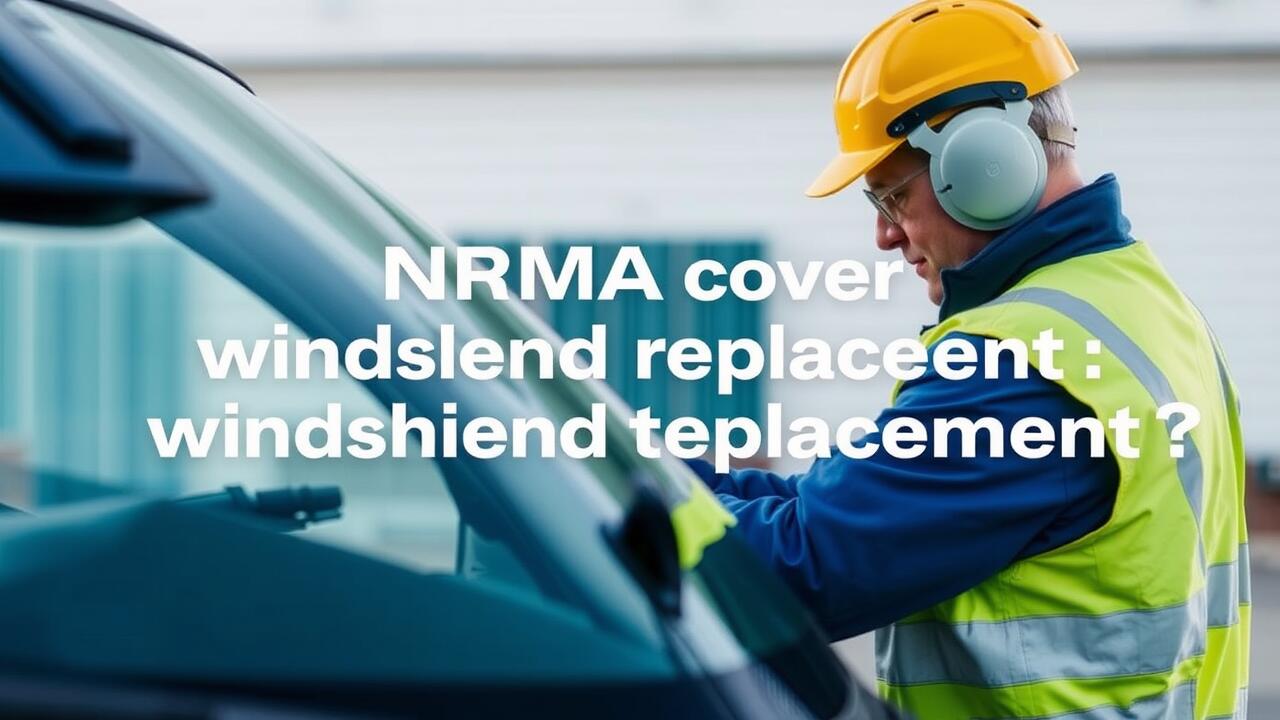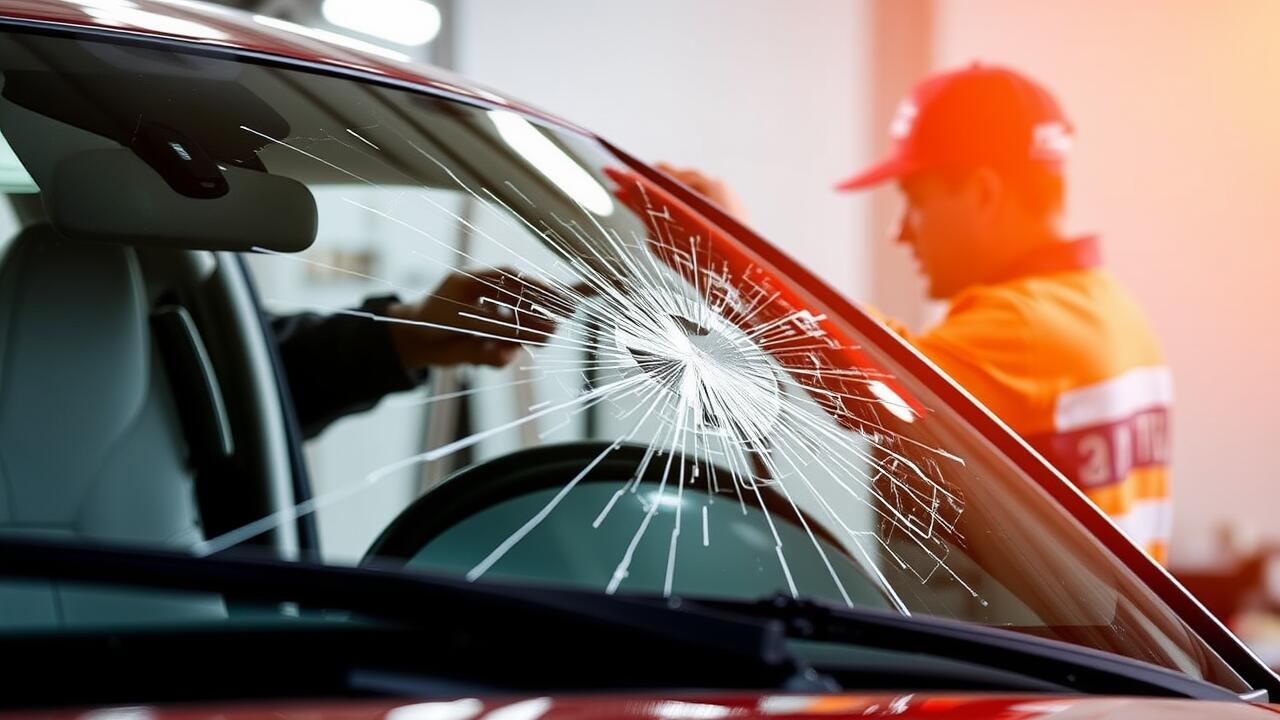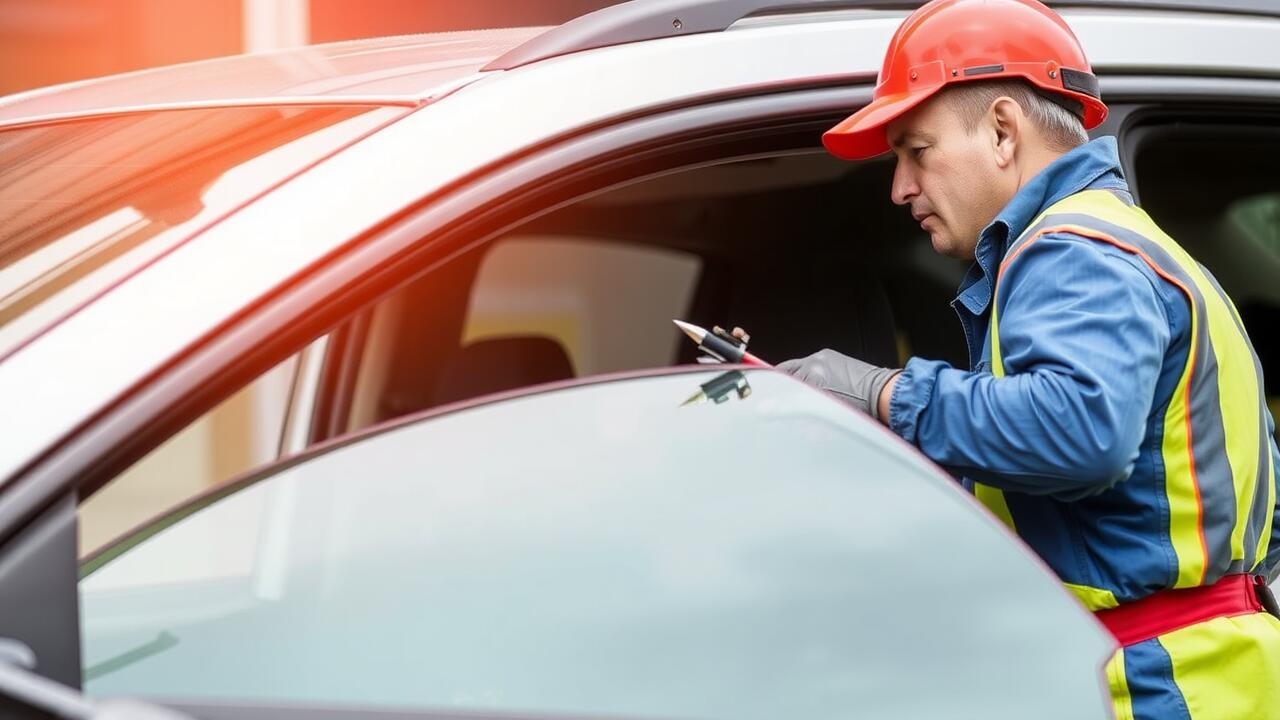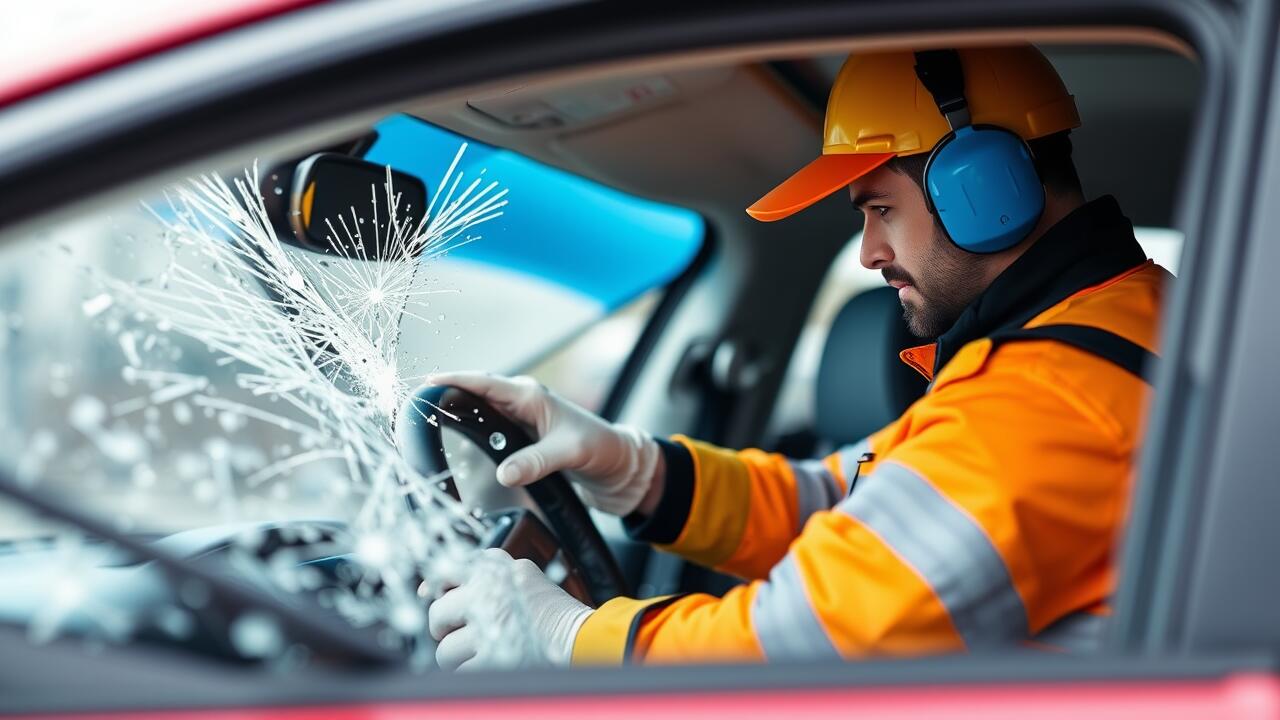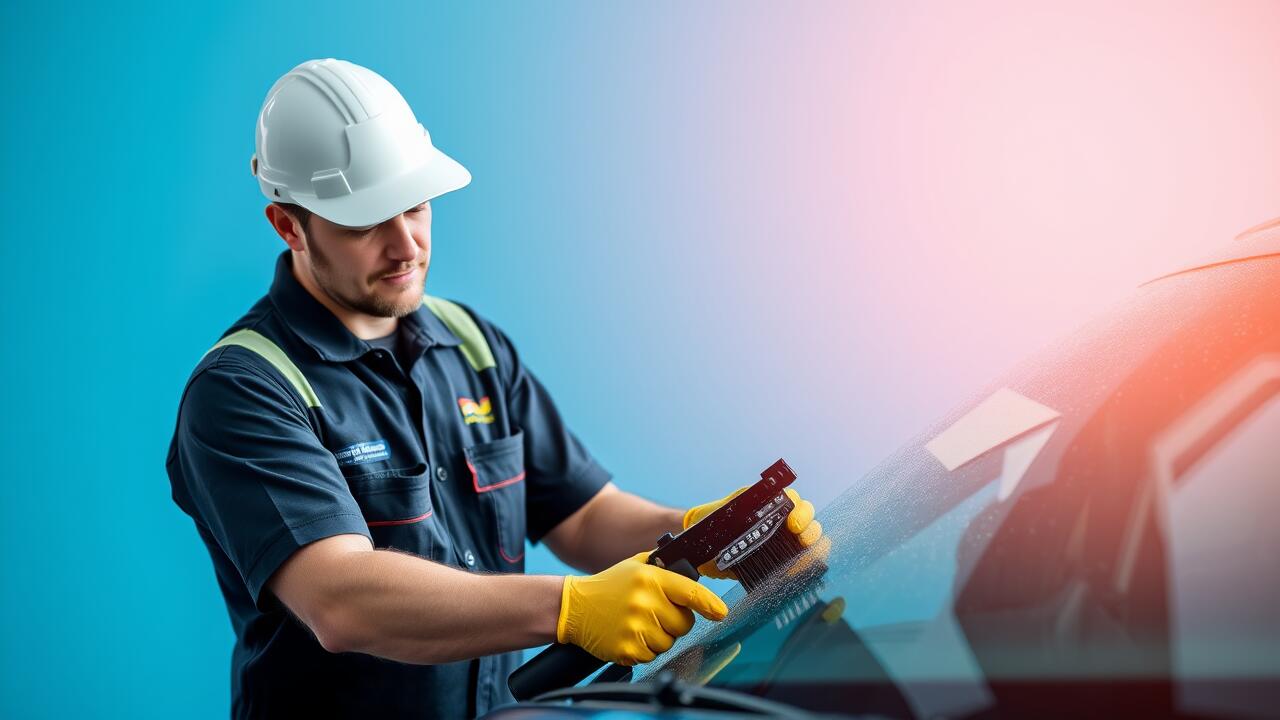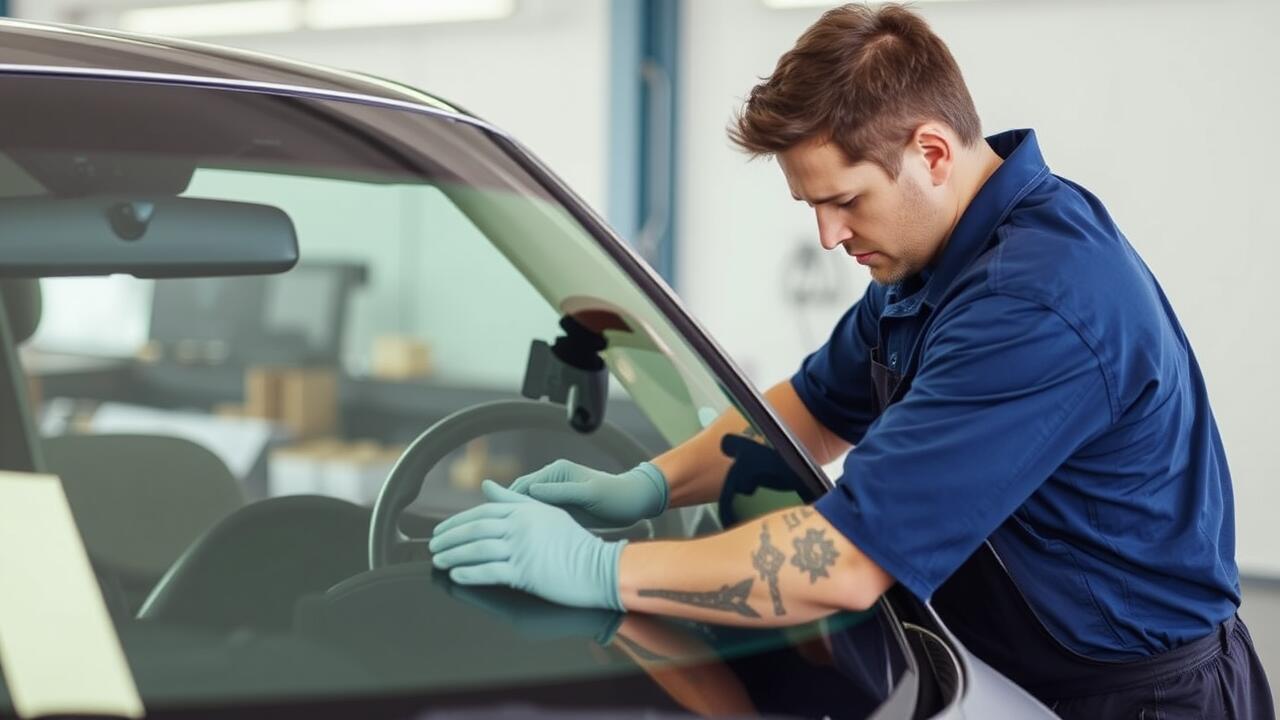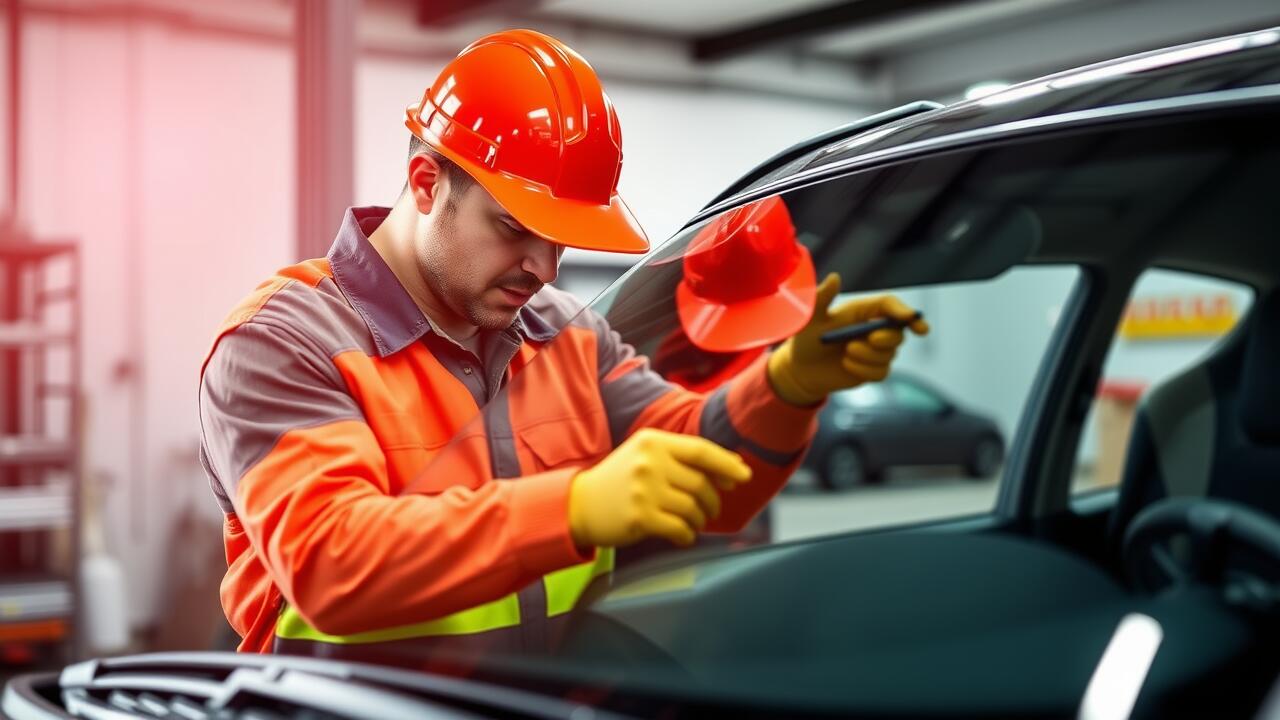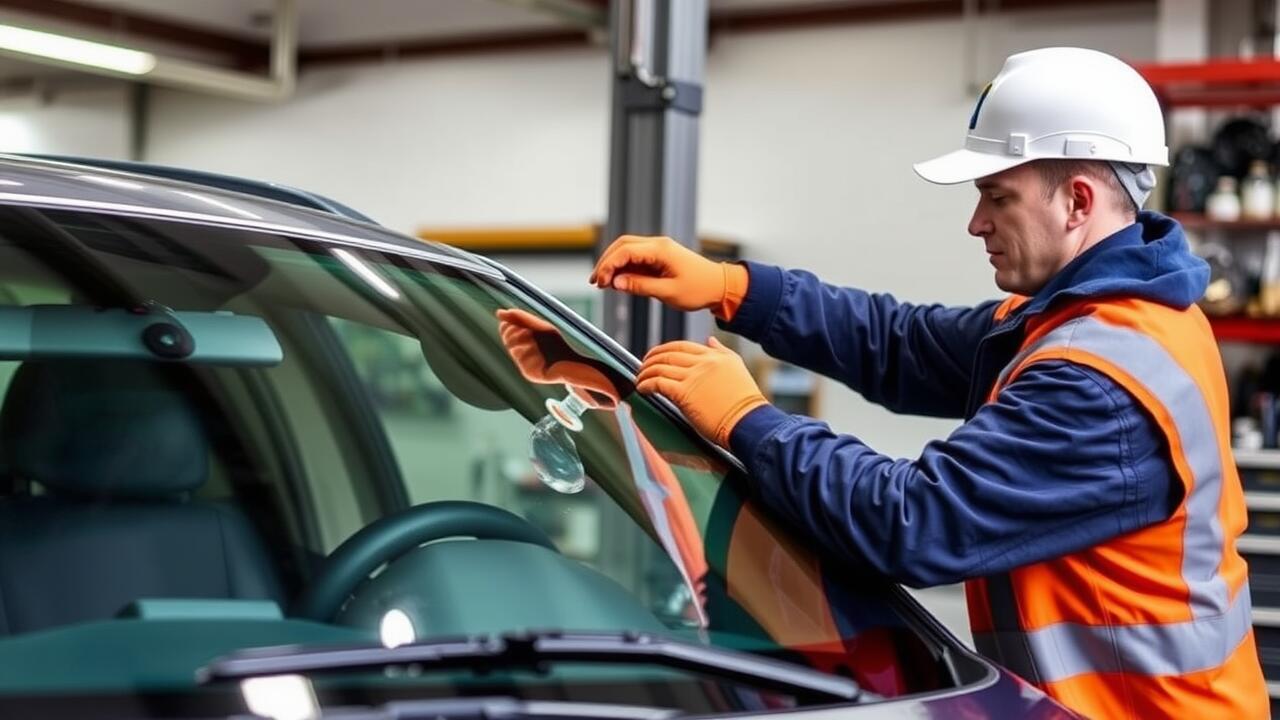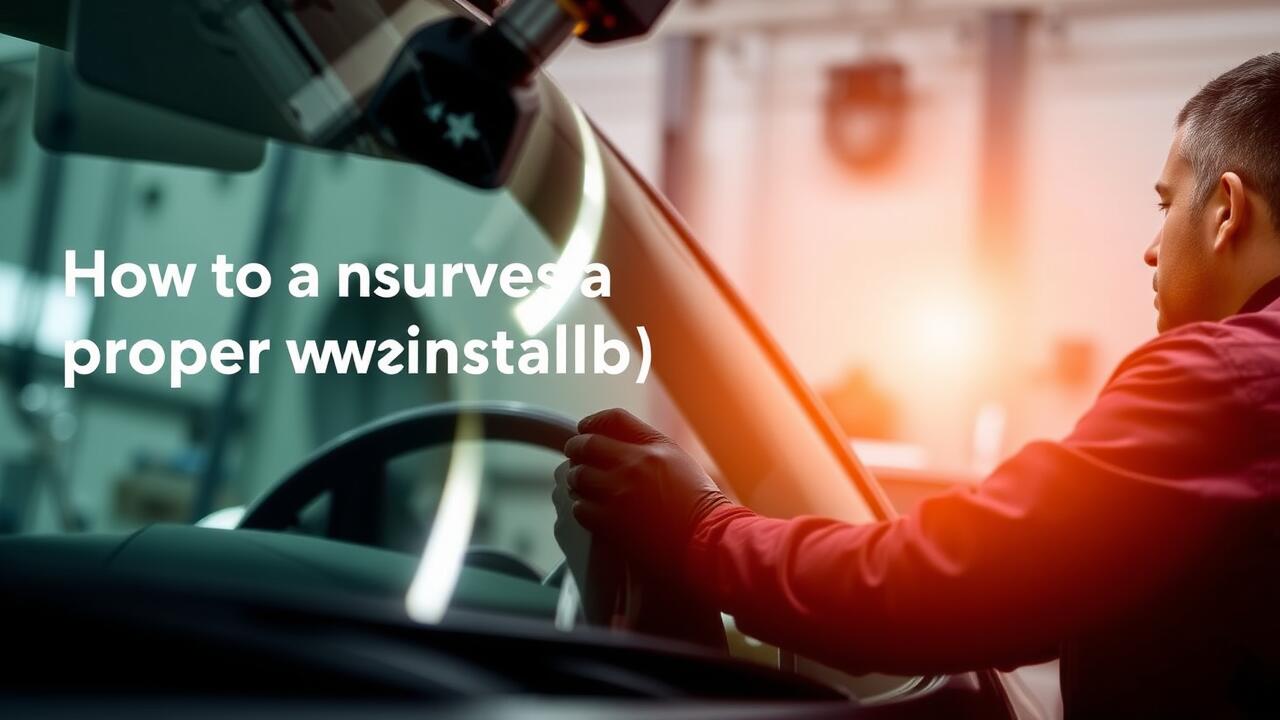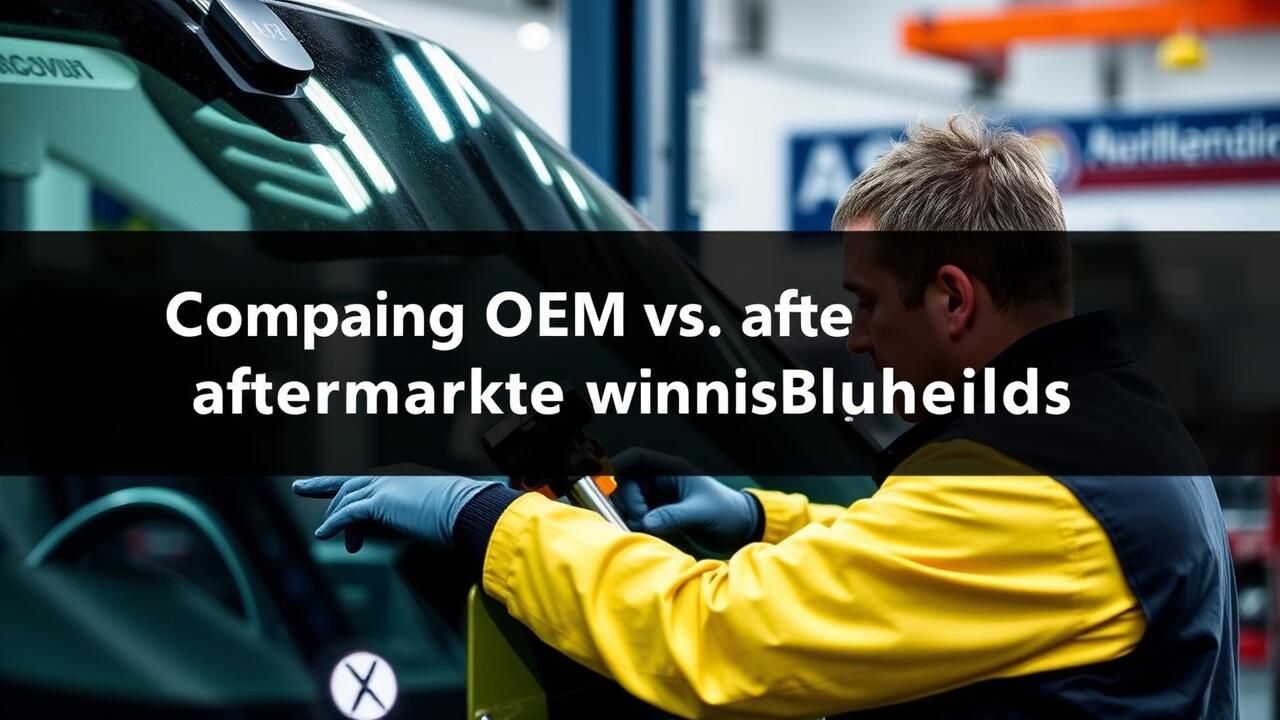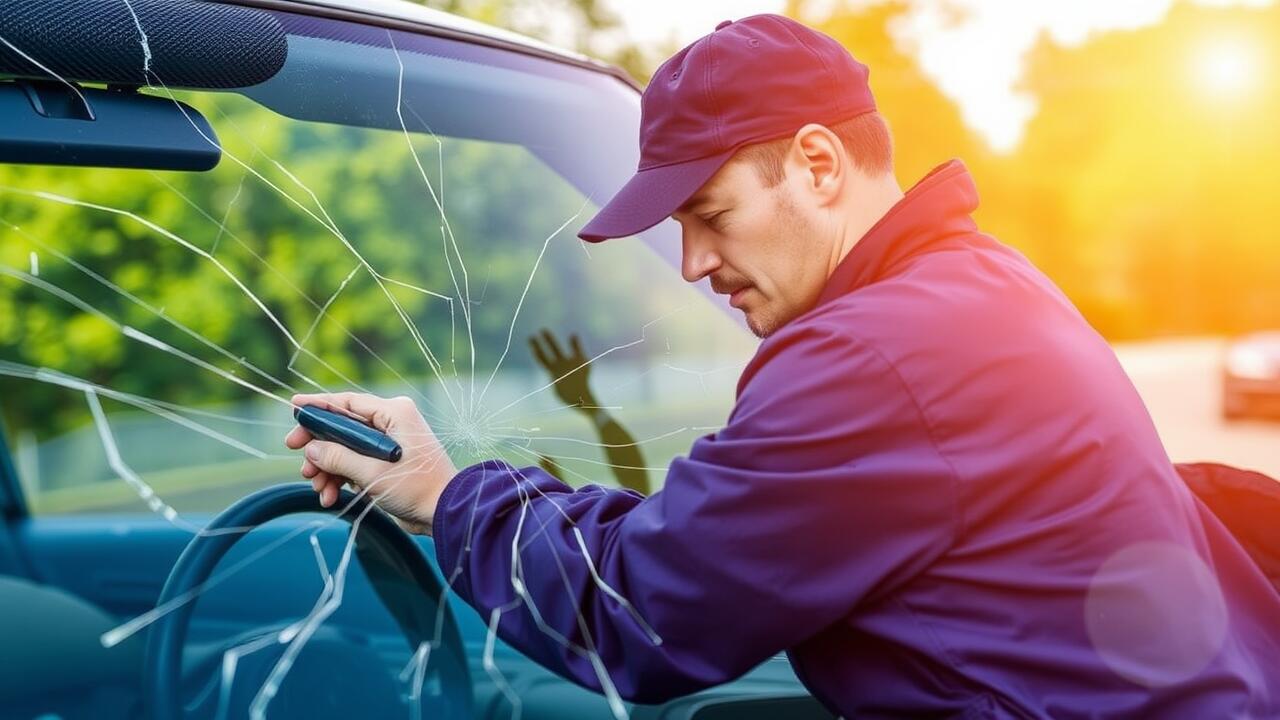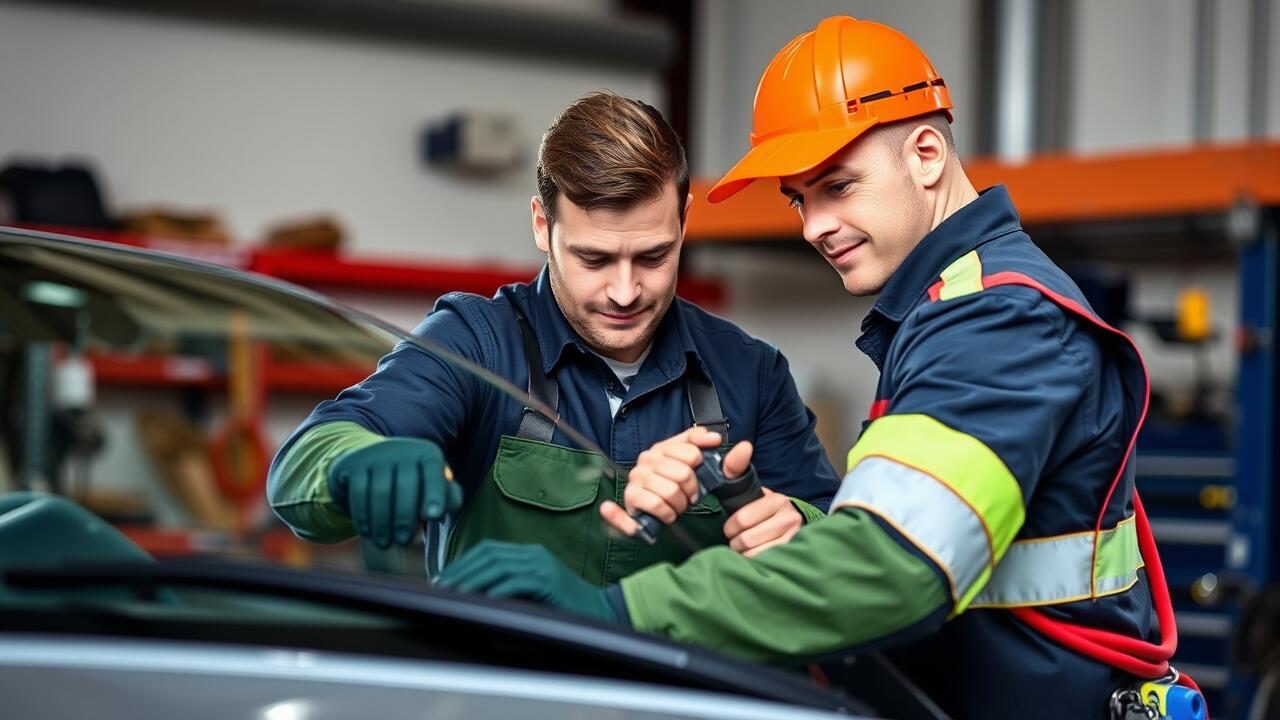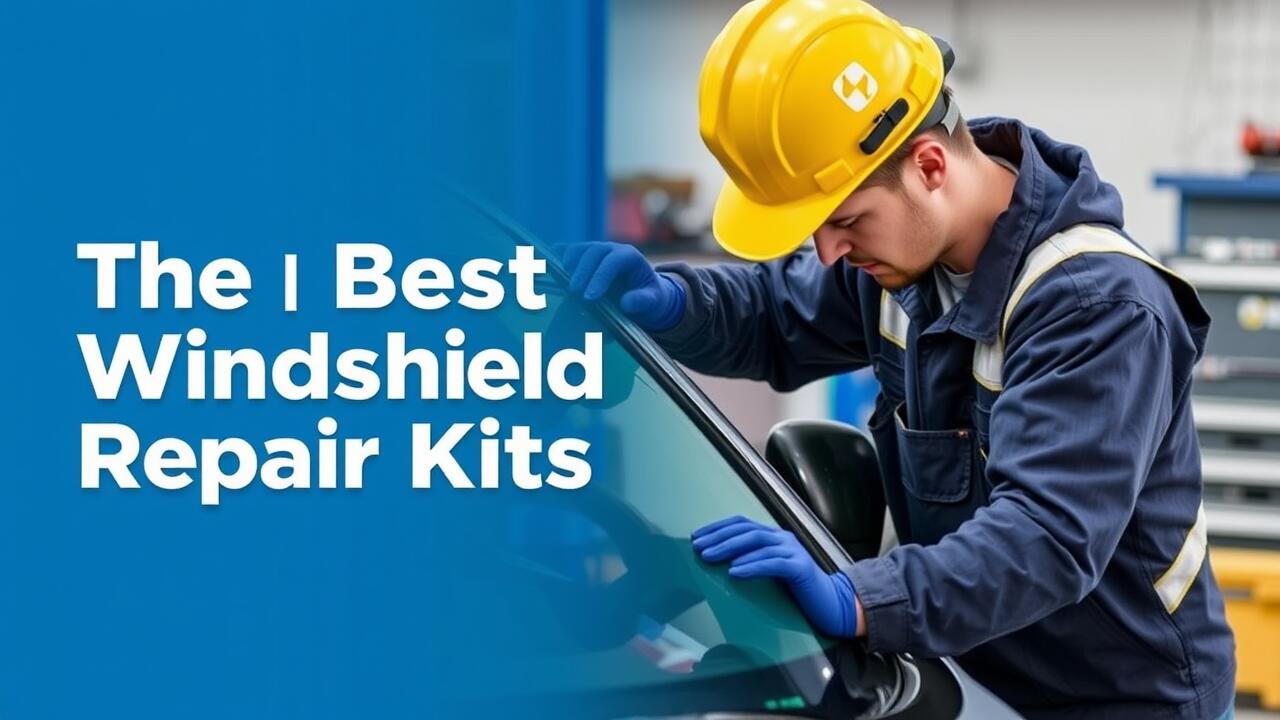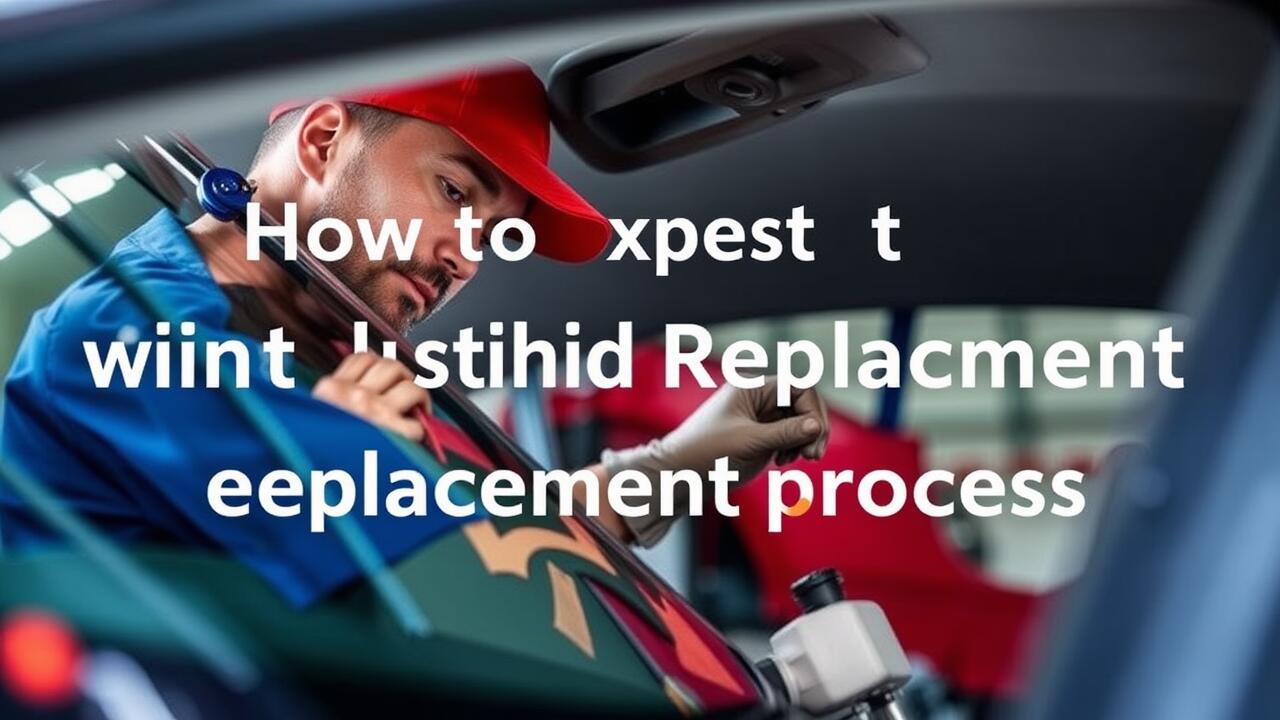
Table Of Contents
Types of Windshields Available
There are various types of windshields available, each designed to suit different vehicles and safety standards. Laminated windshields are commonly used in modern cars and provide enhanced protection against impact. They consist of two layers of glass with a layer of polyvinyl butyral (PVB) sandwiched in between. In contrast, tempered glass is not as frequently used in front windshields but may be found in rear and side windows due to its shatter-resistant properties.
When considering a windshield replacement, it's essential to ensure compatibility with your specific vehicle make and model. Original equipment manufacturer (OEM) windshields are made by the same company that produced the original glass, ensuring a perfect fit and quality. Aftermarket windshields can vary in quality and may offer different features. Understanding these options will help you make an informed decision and ensure your vehicle’s safety during and after the windshield replacement process.
Choosing the Right Glass for Your Vehicle
Selecting the correct glass for your vehicle is crucial to ensure both safety and performance. Different vehicles require various types of windshields based on size, shape, and features. Consider whether your car has advanced technologies, such as sensors or cameras, integrated into the windshield, as these may influence the type of glass you need. Consult your vehicle’s manual or a professional to identify the specifications that are essential for your model.
When it comes to windshield replacement, opting for original equipment manufacturer (OEM) glass can provide the best fit and functionality. OEM windshields are designed to meet the exact standards set by the vehicle manufacturer. However, aftermarket options can also be viable, provided they adhere to safety standards. Understanding these differences will help you make an informed choice that aligns with both your budget and your needs for quality and durability.
Understanding Adhesives and Sealants
Adhesives and sealants play a crucial role in the windshield replacement process, ensuring that the new glass is securely attached to the vehicle's frame. These materials must meet specific safety standards to provide a strong bond and withstand various environmental factors. A quality adhesive will not only prevent leaks but also contribute to the structural integrity of the vehicle. During installation, the technician must apply the adhesive with precision to avoid any potential issues that could compromise the windshield's effectiveness.
Choosing the right adhesive is essential for successful windshield replacement. Typically, urethane-based adhesives are recommended due to their flexibility and strength, allowing for better performance in varying temperatures and conditions. It’s important to allow the adhesive to cure fully before driving the vehicle, as this ensures the windshield remains securely attached during operation. Proper application and selection of adhesives and sealants can dramatically influence the lifespan and safety of your new windshield.
The Importance of Quality Materials in the Replacement
The quality of materials used during a windshield replacement significantly impacts the overall safety and durability of the new installation. High-quality glass is less likely to distort your view while driving and is designed to withstand various environmental stresses. Using OEM (Original Equipment Manufacturer) parts ensures that the windshield fits perfectly and adheres to all safety standards set by vehicle manufacturers.
Adhesives and sealants also play a critical role in the windshield replacement process. Premium adhesives provide a stronger bond, which helps prevent water leaks and keeps debris out. They also allow for a faster curing time, enabling you to get back on the road sooner while ensuring optimal structural integrity. Choosing quality materials during the windshield replacement is essential for maintaining both safety and vehicle performance.
Post-Replacement Care Instructions
After a windshield replacement, it is crucial to allow proper curing time for the adhesive used during installation. This process typically takes at least one hour, but some adhesives may require up to 24 hours to reach full strength. During this period, avoid any activities that could put stress on the new windshield, such as slamming doors or driving on bumpy roads. Additionally, refrain from washing your vehicle or using automatic car washes until the adhesive has completely cured.
Post-replacement care extends to regular maintenance as well. Inspect the seals around the windshield periodically for any signs of wear or damage. If water leaks occur, address them promptly to prevent further issues. Keeping the windshield clean is important, but use gentle cleaning solutions and soft cloths to avoid scratching the new glass. Overall, taking these precautions will help ensure the longevity of your windshield replacement and maintain the integrity of your vehicle's structure.
Tips for Ensuring Longevity of Your New Windshield
After a windshield replacement, it is crucial to take care of the new glass to ensure its longevity. Avoid driving the vehicle for at least an hour after installation. This allows the adhesives to cure effectively and keeps the windshield secure. Additionally, refrain from washing your car for at least 48 hours. Water can interfere with the adhesive process and compromise the seal.
Once it's safe to drive and wash your vehicle, consider parking in shaded areas whenever possible. Prolonged exposure to direct sunlight can weaken the adhesive over time. Regularly check for signs of wear or damage, such as chips or cracks. Addressing these issues promptly can help prevent more extensive repairs and maintain the integrity of your windshield.
FAQS
What types of windshields are available for replacement?
There are several types of windshields available, including laminated glass, tempered glass, and specialized glass for advanced driver assistance systems (ADAS). Each type has different features and benefits suited to various vehicles.
How do I choose the right glass for my vehicle?
To choose the right glass for your vehicle, consider factors such as the make and model of your car, any special features like tinting or sensors, and the safety standards required. Consulting with a professional can also help ensure you select the appropriate windshield.
What role do adhesives and sealants play in the windshield replacement process?
Adhesives and sealants are essential for securing the windshield in place, providing structural integrity, and preventing water leaks. Using high-quality adhesives ensures a strong bond and enhances the safety of the installation.
Why is it important to use quality materials during the replacement?
Using quality materials during windshield replacement is crucial for safety, durability, and performance. High-quality windshields and adhesives can better withstand impacts and extreme weather conditions, ensuring a longer lifespan and better protection for passengers.
What post-replacement care instructions should I follow?
After windshield replacement, allow the adhesive to cure for at least one hour before driving. Avoid washing your car for the first 24 hours, and refrain from using heavy windscreen wipers for a week. It's also advisable to keep windows closed and avoid applying pressure on the new windshield for a few days.
